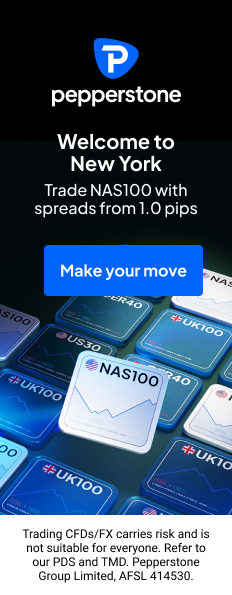The Smoothed Rate of Change (SROC) is a refined variation of the Rate of Change (ROC) indicator, distinguished by its use of the Exponential Moving Average (EMA) in its calculations. Unlike the standard ROC, which measures price momentum directly, the SROC applies smoothing techniques to reduce volatility and provide clearer trend signals. This indicator evaluates the strength of a trend by comparing the current EMA with the EMA from a previous period. The resulting SROC line fluctuates around the zero level, offering insights into bullish or bearish trends.

The formula for SROC:
SROC=EMA(B)−EMA(A)EMA(A)×100/ EMA(A)
Where:
EMA – Exponential Moving Average
B – Current price
A – Price from a previous period
Understanding the SROC Indicator
Rate of Change (ROC) Foundation: The traditional ROC indicator calculates the percentage change in an asset’s price over a designated period, typically expressed as:
ROC=(Current Price−Price n periods ago)/Price n periods ago ×100
Where n represents the chosen time frame (e.g., days, hours). Since ROC is highly sensitive to short-term fluctuations, it may generate erratic signals, making trend identification challenging.
Smoothing for Clarity: To enhance the signal reliability, the SROC applies a smoothing mechanism—often an EMA—to the ROC values. This process minimizes short-term noise and highlights the underlying trend, making it easier to identify sustained movements.
Steps in Calculating SROC: Compute the ROC over the selected period.
Apply an EMA or another smoothing technique to the ROC values.
Key Applications of SROC
Identifying Trends
By reducing price fluctuation distortions, the SROC enables traders to recognize broader trends with greater accuracy. This is particularly beneficial in distinguishing temporary corrections from true trend reversals.
Momentum Confirmation
The SROC helps confirm price momentum:
Above zero → Indicates positive momentum and a potential uptrend.
Below zero → Suggests negative momentum and a potential downtrend.
Overbought & Oversold Signals
Like the Relative Strength Index (RSI), extreme SROC readings can indicate overbought or oversold conditions. Such situations may hint at an impending price reversal or correction.
Example Scenario: GBPAUD Over 14 Periods
Suppose the SROC for GBPAUD over 14 periods reflects a 5% price increase. By applying a moving average to this raw value, the trader gains a clearer view of the momentum trend, filtering out insignificant daily price fluctuations.
Interpreting SROC Readings
Positive SROC → Signals increasing asset value, confirming an uptrend.
Negative SROC → Suggests price depreciation, indicating a downtrend.
Zero Line Crossover → When the SROC crosses above or below zero, it may signal a shift in momentum and a potential trend reversal.
Practical Trading Insights
Observing the SROC indicator in action, one might note that its trajectory is rising yet remains below the equilibrium level (0.00).
The indicator’s final segment appears red, hinting at an oversold condition, while its upward slope suggests movement toward equilibrium. Additionally, the last price candle sits beneath all Moving Average (MA) lines, reinforcing bearish conditions. If price action previously reached $84,000, as the SROC suggests, traders using this level as a target could have capitalized on a profitable opportunity.
Final Thoughts
The SROC refines the standard ROC by offering smoother, more reliable trend signals, making it particularly useful in volatile markets. By mitigating false signals and enhancing momentum detection, this indicator aids traders in making more informed decisions regarding price trends and potential reversals.
Learn from market wizards: Books to take your trading to the next level.


 Hot Features
Hot Features













